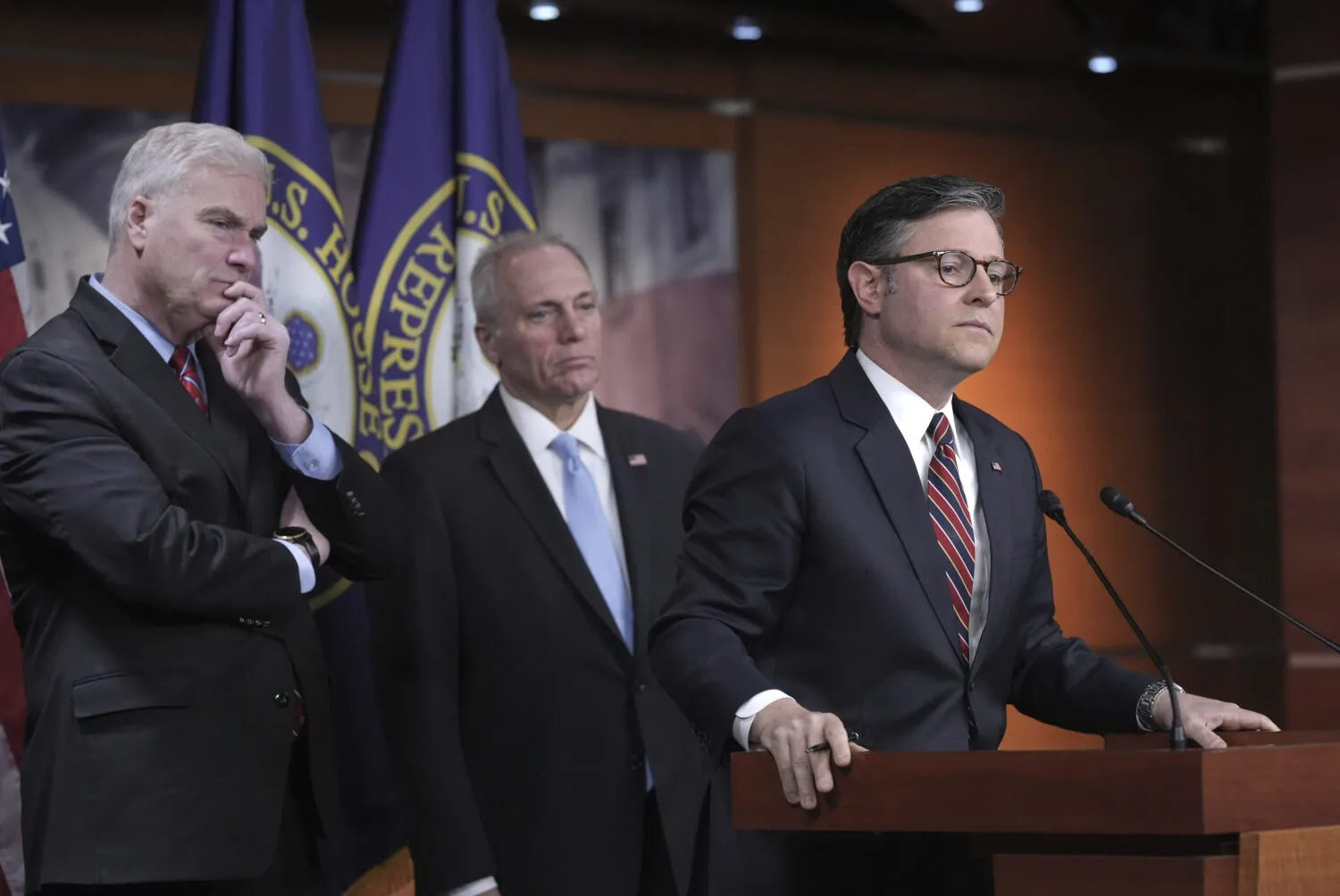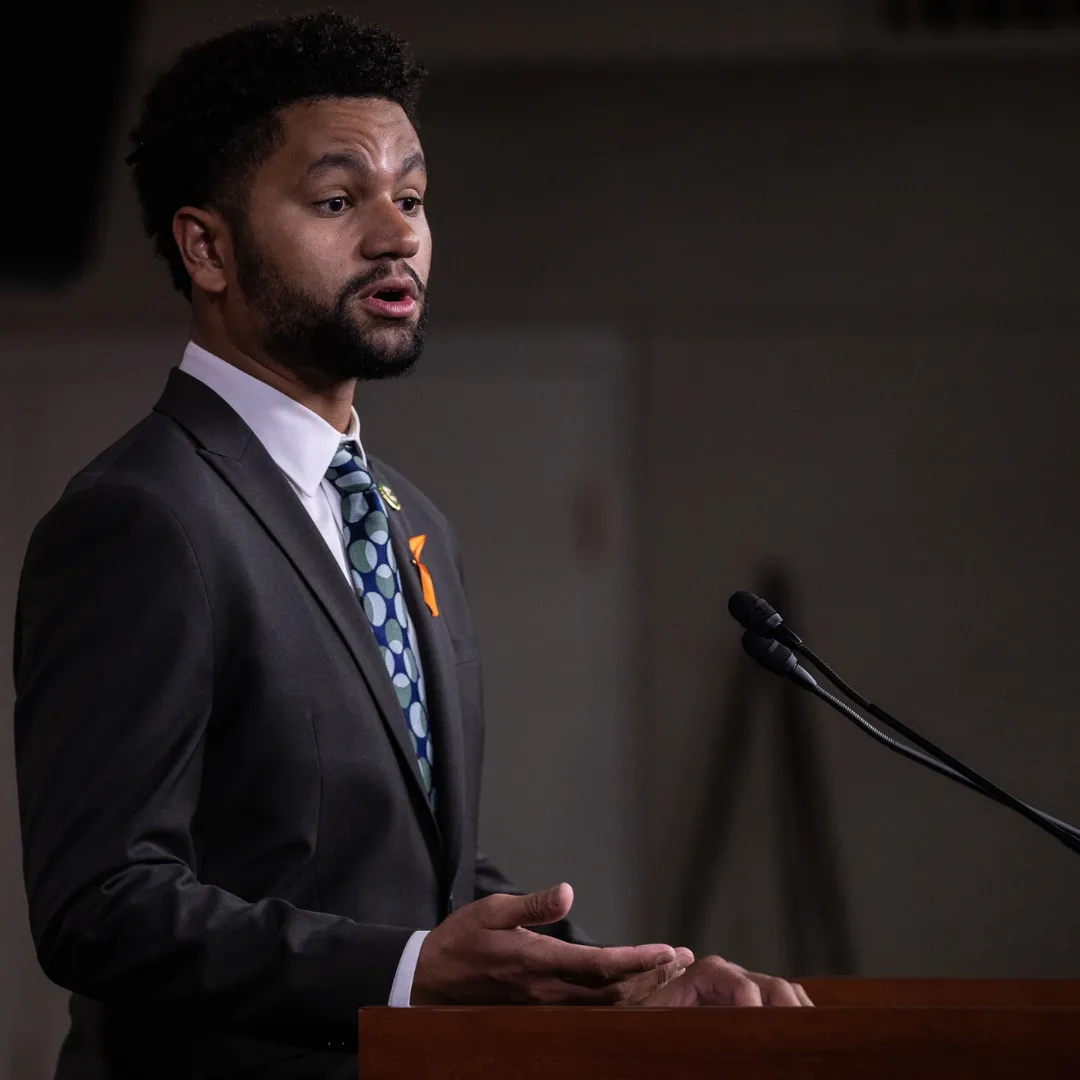
Governor Gavin Newsom on Monday called on California cities and counties to enact bans on homeless encampments, urging local governments to clear the tents and makeshift shelters that have overtaken sidewalks, parks, and underpasses across the state.
Speaking at a press conference where he announced more than $3 billion in new state grants to expand facilities for treating mental illness and substance use disorders, Newsom unveiled a formal blueprint for cities to follow as they implement encampment prohibitions.
Framing the initiative as a decisive shift from tolerance to enforcement, the governor said the time for excuses was over and that local officials must finally act using the tools and funding already available. “It is time to take back the streets,” Newsom declared.
“It’s time to take back the sidewalks. It’s time to take these encampments and provide alternatives.” The move marks one of the most aggressive steps yet in California’s years-long struggle to address its homelessness crisis, which currently affects over 187,000 people — nearly one quarter of the entire U.S. homeless population.
As a former mayor of San Francisco, Newsom has made homelessness one of the central pillars of his administration since taking office in 2019, and his decision to introduce a model ordinance that can be adopted statewide positions him as the first Democratic governor to openly promote encampment bans as a legitimate and necessary strategy.
The proposed framework includes bans on persistent camping in one place and on encampments that obstruct public sidewalks. While the blueprint urges cities to give notice and make reasonable efforts to offer shelter before conducting sweeps, the move comes amid growing impatience among voters who say the visible deterioration of public spaces has outpaced government responses.
The legal landscape also shifted dramatically after the U.S. Supreme Court ruled last year that officials have broader authority to prohibit camping in public spaces, a decision many Democratic leaders — including Newsom — welcomed despite fierce backlash from advocates for homeless rights.
Major cities have already begun tightening enforcement. In San Francisco, Mayor Daniel Lurie has vowed to clean city sidewalks more aggressively, while in San Jose, Mayor Matt Mahan has proposed arrests for individuals who refuse shelter after three offers.

Both cities have increased the number of available shelter beds, but problems persist. In Los Angeles, Mayor Karen Bass has made encampment clearances a central issue of her administration, yet thousands of tents, tarps, and deteriorating RVs still line neighborhoods across the city.
Last year’s count placed the number of unhoused individuals in Los Angeles at over 45,000, with many living in sprawling encampments that have become emblematic of California’s urban decline.
Still, the governor’s announcement drew fierce criticism from both sides of the homelessness debate. On one hand, homeless residents and advocates say the bans criminalize poverty and ignore the systemic causes that push people onto the streets in the first place.
On Monday in a Los Angeles neighborhood, Jay Joshua, who lives in a small encampment near a school, said he cleans the area every day and described the encampment as a safe space for those trying to rebuild their lives. “It helps certain people build their lives back,” he said.
Advocacy organizations warn that without permanent housing, shelter offers and enforcement actions only result in displacement. Alex Visotzky, a senior policy analyst with the National Alliance to End Homelessness, called the encampment ban a distraction from the state’s budget crisis and its failure to ensure ongoing funding for long-term housing solutions.
“My immediate reaction was that this is a distraction from a state budget that isn’t likely to have funding for housing and homelessness,” he said, adding that one-time grants won’t solve a problem driven by economic inequality, a lack of affordable housing, and an overburdened behavioral health system.
Organizations representing California’s cities and counties pushed back on the implication that local governments are not doing enough. Carolyn Coleman, executive director of the League of California Cities, said that eight in ten cities already have policies in place to manage encampments, but that the real issue is not visibility — it’s resources.
“Clearing encampments may be the most visible part of this crisis, but without addressing the underlying root causes of homelessness, the cycle will only repeat itself,” Coleman said.

The California State Association of Counties added that the state has overstated the amount of money actually provided to local governments, and pointed out that roughly half of the funding has gone directly to housing developers rather than local agencies trying to implement real-time solutions.
They argue that new mandates to clear encampments cannot succeed without sustained, flexible funding and an overhaul of the state’s fragmented homeless response systems.
Newsom, who is widely believed to be laying the groundwork for a future national campaign, has staked much of his political identity on his ability to confront homelessness, mental illness, and public disorder with both compassion and enforcement.
He championed a voter-approved ballot measure last year aimed at increasing involuntary treatment capacity for individuals with severe mental illness and substance abuse issues, a policy he described as essential to breaking the cycle of repeated hospitalizations, jail bookings, and street living.
While housing and homelessness advocates have praised Newsom’s commitment to expanding behavioral health services and pushing cities to build more permanent housing, they are also quick to point out the lack of visible progress.
A blistering state audit released last year revealed that California had spent $24 billion between 2018 and 2023 on more than 30 homeless and housing programs but lacked the data to determine whether those investments had actually reduced homelessness.
The audit concluded that the state had no reliable way to measure outcomes, no unified strategy to track spending, and no meaningful accountability for how funds were used or what results were achieved. Despite those findings, Newsom’s administration continues to promote major spending initiatives, arguing that the complexity of the crisis requires years of sustained investment before results can be seen.
Even among voters frustrated by the state’s slow progress, there remains significant support for a more aggressive approach. Polling shows that homelessness consistently ranks as one of the top concerns for Californians, and images of tent cities and deteriorating public spaces have fueled political backlash, not just against local leaders but also against progressive policies that critics say have failed to maintain order.

In that climate, Newsom’s call for cities and counties to adopt encampment bans is being interpreted as a political pivot — a message that California is willing to shift away from a purely humanitarian approach toward one that includes enforcement and public space management.
Still, for every action to remove tents or sweep sidewalks, there must be enough beds, services, and follow-up to ensure the displaced do not simply move down the block and start again. As cities begin to navigate the governor’s blueprint, they will be judged not only by how quickly they clear encampments, but by whether they can provide something better in their place.
With more than 187,000 lives in the balance, the stakes for California — and for Newsom — could not be higher.



